Why do some marketing campaigns go viral while others flop? It’s not luck — it’s strategy, timing, and knowing your audience inside out.
From Nike’s powerful “Just Do It” to Spotify’s personal Wrapped stories, the most successful marketing campaigns connect on a deep level. They don’t just sell — they stick, they trend, and they turn users into fans.
In this article, we’ll explore 15 marketing campaigns that actually worked — and more importantly, why they did. Use these real examples to shape your next campaign into one that clicks, converts, and sticks.
What is a Marketing Campaign and Why Many Fail?
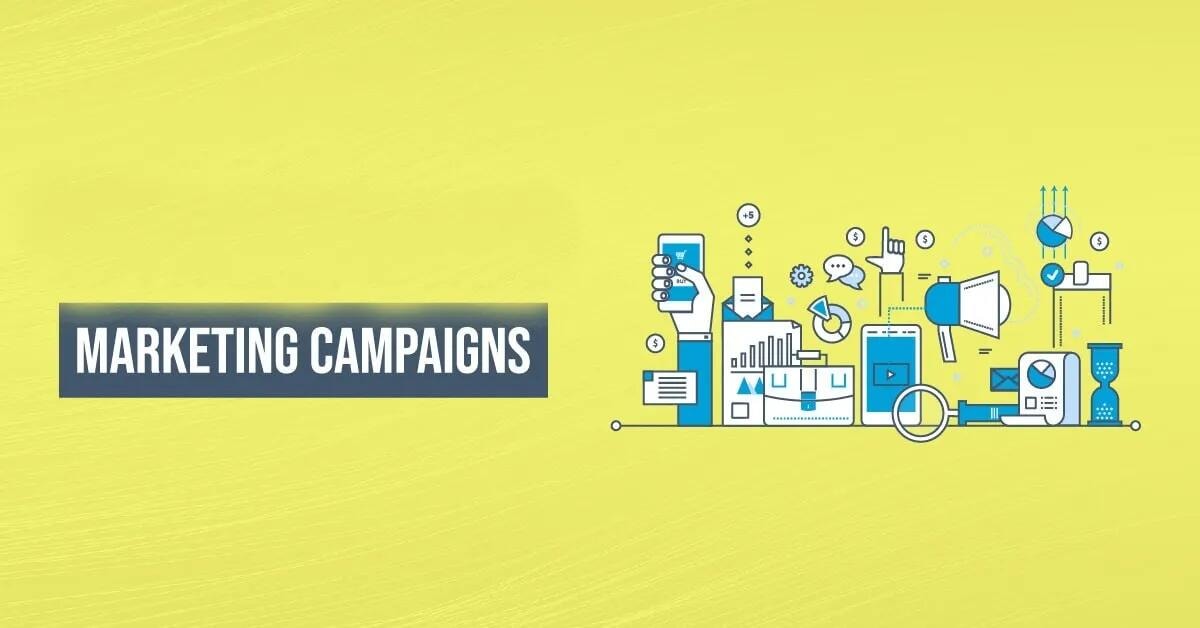
A marketing campaign is a planned series of actions designed to promote a product, service, or brand through specific messaging and channels. Its goal is to reach the target audience, drive engagement, and achieve clear business outcomes like sales or awareness.
Common Reasons Marketing Campaigns Fail
Sometimes, marketing campaigns fail because they start without a clear goal. If you don't know what success looks like, it's hard to measure progress or make good decisions.
- No set objective like increasing sales or signups
- Confusion between brand awareness vs. conversion goals
Poor understanding of the target audience is another big reason. You can't sell well if you don’t know who you're selling to or what they care about.
- Messaging feels too broad or doesn’t connect
- Wrong platform or channel choice for the audience
Inconsistent branding or weak messaging also causes problems. If the campaign doesn’t match your brand or isn’t clear, people lose interest fast.
- Confusing taglines or mixed signals
- Visuals and tone don’t match the brand identity
Finally, many campaigns don’t track results or adjust when things go wrong. Running blindly wastes time, money, and potential.
- No tracking tools or KPIs in place
- Not optimizing based on performance data
Knowing what causes failure helps you plan smarter and avoid common mistakes.
10 Key Ingredients That Makes a Marketing Campaign Successful

A strong marketing campaign doesn’t just happen — it’s built from parts that work together. These key ingredients act like building blocks for campaign success across marketing strategies, marketing efforts, and marketing channels alike.
Below are the 10 essential ingredients. Each one plays a role in making good marketing campaigns that deliver campaign results and help you plan your next marketing campaign more confidently.
1. Clear and Measurable Goals
Without clear goals, a campaign floats without direction — few marketing campaign examples succeed by accident.
- Goals like “increase sales by 20%” or “generate 500 new leads” give purpose
- These goals become your key performance indicators (KPIs)
- They help marketing teams judge campaign success clearly
2. Deep Understanding of the Target Audience
You must know who you’re talking to, what they want, and where they hang out.
- Use surveys, analytics, and feedback to discover their pain points
- Segment by age, interest, income — make target demographic groups
- Then you can craft messages that truly resonate
3. Strong, Consistent Messaging
Your message is the voice and promise behind your campaign — consistency builds trust.
- Every marketing activity (email, social post, ad) should echo the same brand voice
- Avoid conflicting slogans or visuals that confuse your audience
- Consistent messaging helps with brand awareness and long-term recall
4. Right Channel Selection
You might have the best message, but if you use the wrong channels, few will see it.
- Pick channels your audience actually uses — social media, email, search, etc.
- Don’t spread across too many marketing channels at once
- Use strong social media marketing and email marketing campaign tools where they fit
5. Data-Driven Decision Making
Good campaigns listen to numbers, not just guesses.
- Use tools like Google Analytics or analytics in social platforms
- Adjust parts of the campaign based on data (which ad, which message)
- Data helps you spend your marketing budget more wisely
6. Creative and Memorable Content
Content is what people see, hear, or read — it must grab attention and stay alive in memory.
- Use stories, visuals, and bold hooks
- Match formats: videos, images, articles — whatever your audience likes
- Memorable content encourages shares, word of mouth, and staying power
7. Timely and Relevant Execution
Timing is everything. Even a superb idea fails if launched too early or late.
- Ride trends or current events when they match your brand
- Use local timing (holidays, market cycles)
- Relevance also means adjusting messages to current needs
8. Personalization and Customer Focus
People respond when it feels like you made something for them — not for everyone.
- Use the person’s name, past behavior, or preferences
- Dynamic emails or ads that change per user
- This helps generate new customers and retain existing clients
9. Ongoing Tracking and Optimization
A campaign doesn’t end at launch. Fix, tune, and improve constantly.
- Monitor metrics every day or week
- Pause underperforming parts, boost high-performers
- Use what you learn for future campaigns
10. Alignment with Brand Identity
Your campaign should feel like you — not a disconnected ad.
- Reflect your brand voice, visuals, and values
- Make sure the campaign supports your brand awareness goals
- This consistency helps you build brand loyalty over time
15 Most Successful Marketing Campaigns of All Time

These campaigns stood out not because of random luck, but because they defined new standards. Below are 15 great marketing campaign examples — with what made each one memorable and effective.
1. Nike – Just Do It
Nike’s “Just Do It” turned simple messaging into a movement.
- It aimed to raise awareness and connect emotionally
- It matched Nike’s brand identity and inspired many to act
- The campaign ran across multiple channels (TV, billboards, events)
2. Apple – Get a Mac
This campaign used humor and clarity to contrast Mac vs PC.
- It clearly showed value proposition and benefits
- The visuals and tone stayed consistent across ads
- It drove brand preference and online sales through relatability
3. Dove – Real Beauty
Dove challenged beauty norms and focused on real women’s images.
- It addressed a relatable pain point in beauty advertising
- It used emotional storytelling to grab audience’s attention
- The campaign built brand trust and loyalty through authenticity
4. Coca-Cola – Share a Coke
Coca-Cola personalized bottles with names to make people engage.
- It turned a mass product into something personal
- Fans shared pictures on social media — paid social value grew
- The campaign turned many customers into active promoters
5. Old Spice – The Man Your Man Could Smell Like
Old Spice flipped perception with quirky humor.
- It used memorable characters and bold visuals
- The campaign quickly spread across social media channels
- It revived Old Spice’s image and attracted a new audience
6. Always – #LikeAGirl
This campaign challenged a phrase to empower girls.
- It tapped into cultural issues and social values
- It turned a negative phrase into a positive narrative
- The campaign generated conversations and press releases
7. Google – Year in Search
Google’s campaign recaps the year’s events via search trends.
- It aligns with people’s personal experience and memory
- It shows how the product (search engine) is central to life
- It reinforces the brand’s claim to relevance and insight
8. Burger King – Whopper Detour
Burger King offered one-cent Whoppers to people near McDonald’s.
- It used location targeting and mobile messaging
- It linked discount with a brand stunt to generate attention
- It drove an increase in app installs and foot traffic
9. Red Bull – Stratos
Red Bull sponsored Felix Baumgartner’s space jump.
- It created extreme content and emotional impact
- It showed Red Bull’s alignment with daring, bold identity
- It pushed boundaries and got worldwide coverage
10. Pepsi – Pepsi Challenge
Pepsi challenged consumers to blind taste tests vs Coke.
- It leveraged comparative advertising to make its point
- It made people actively try the product
- It drew media interest and consumer discussions
11. ALS Association – Ice Bucket Challenge
This viral campaign asked people to dump ice water and donate.
- The campaign went viral via social media sharing
- It was simple, fun, and with a cause — ideal for mass reach
- It raised millions and awareness globally
12. Airbnb – Belong Anywhere
Airbnb used storytelling to show travel as belonging.
- It spotlighted real hosts and guests for authenticity
- The campaign reinforced Airbnb’s brand positioning
- It appealed to both new users and existing clients
13. Spotify – Wrapped
Spotify shows users their personal listening stats at year-end.
- It turned user data into shareable, personalized content
- It encouraged shares on social media and conversations
- It drove engagement and retention among current customers
14. Volkswagen – Think Small
This campaign celebrated the compact VW Beetle in a big car world.
- It flipped typical car marketing narrative to niche strength
- It used clever messaging to stand out among giants
- It became classic in product marketing campaign history
15. WWF – #LastSelfie
WWF used disappearing Snapchat images to highlight endangered species.
- It used urgency and visual impact to raise awareness
- The campaign aligned with digital trends and social media use
- It created a strong emotional reaction and brand relevance
10 Types of Marketing Campaigns Every Brand Should Know
Not all marketing campaigns are built the same. Each one serves a unique campaign purpose depending on your goals, product or service, and audience. Knowing the right type of campaign to use helps you stay clear, save your campaign budget, and meet your business goals effectively.
1. Brand Awareness Campaign
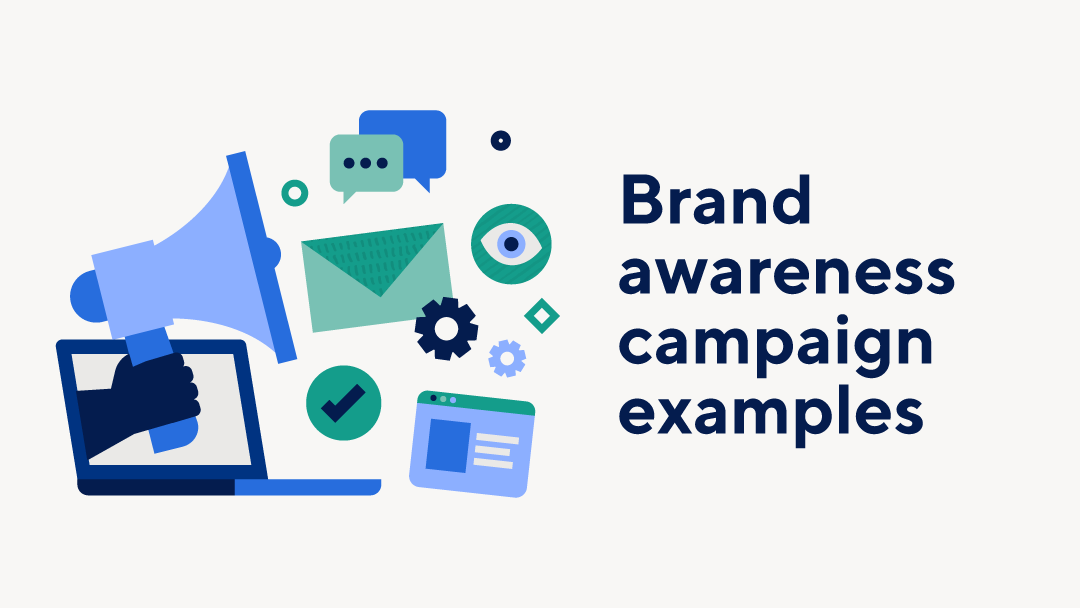
A brand awareness campaign helps you introduce your brand to potential customers. The focus is to raise awareness about your brand, values, and what you offer.
- Great for new businesses or product marketing.
- Uses visual identity like logos, slogans, and stories.
- Often uses traditional marketing, digital ads, or social media channels.
2. Product Launch Campaign

This campaign is used when releasing a new product or service to the market. The goal is to build excitement and drive interest before and during the launch.
- Helps define the campaign goals clearly.
- Combines content marketing, press releases, and paid social.
- A strong campaign content plan boosts results.
3. Seasonal or Holiday Campaign
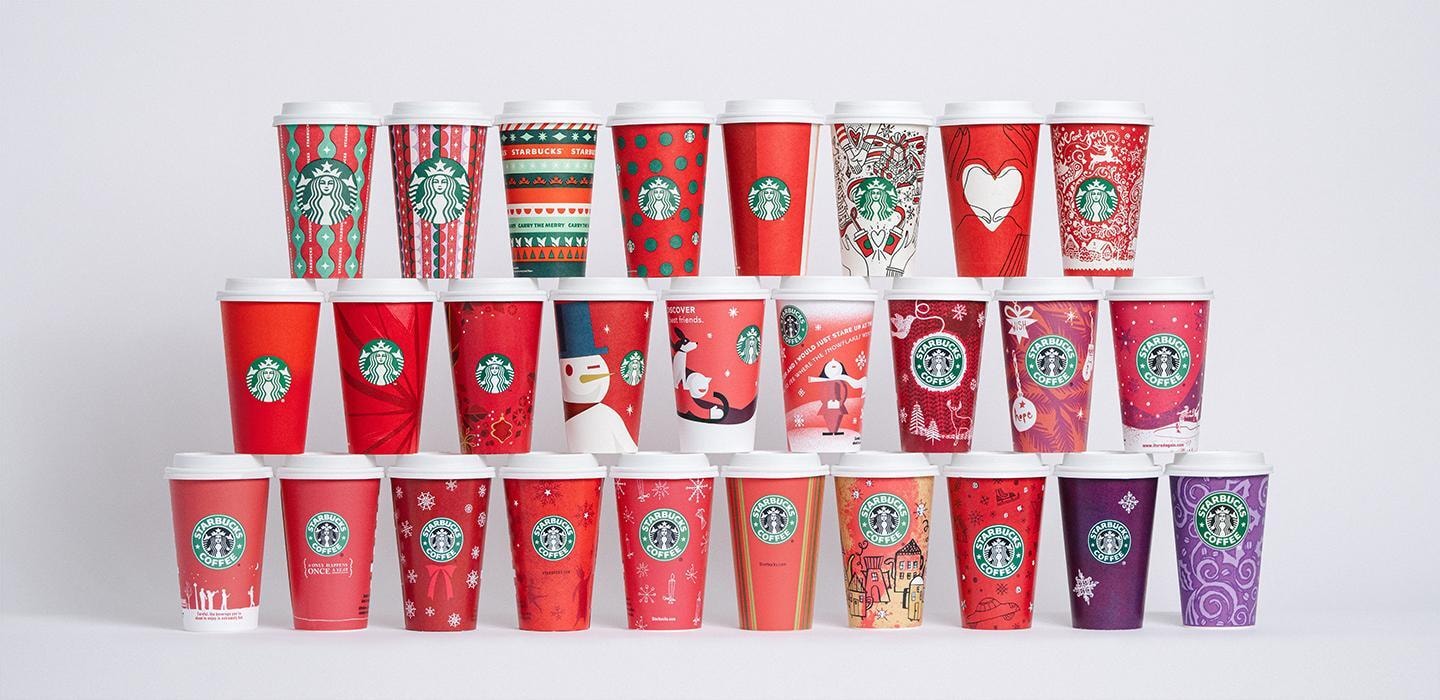
Brands use these campaigns during holidays or special events to align offers with customer needs. These are short-term, time-sensitive campaigns.
- Increases online sales and engagement.
- Works well with email marketing and paid search.
- Requires creative and timely campaign content.
4. Email Marketing Campaign
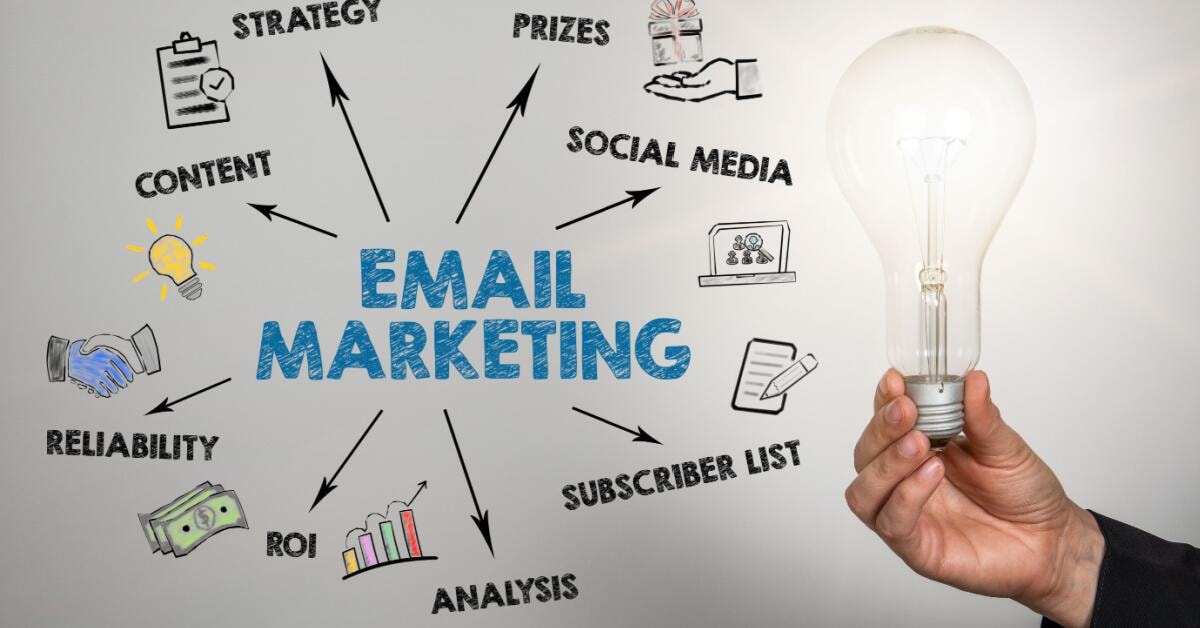
An email marketing campaign is used to nurture current customers, promote offers, and deliver educational content.
- Ideal for targeted messages and campaign goals.
- Can include product or service updates, newsletters, or deals.
- Helps track progress with open and click-through rates.
5. Social Media Campaign
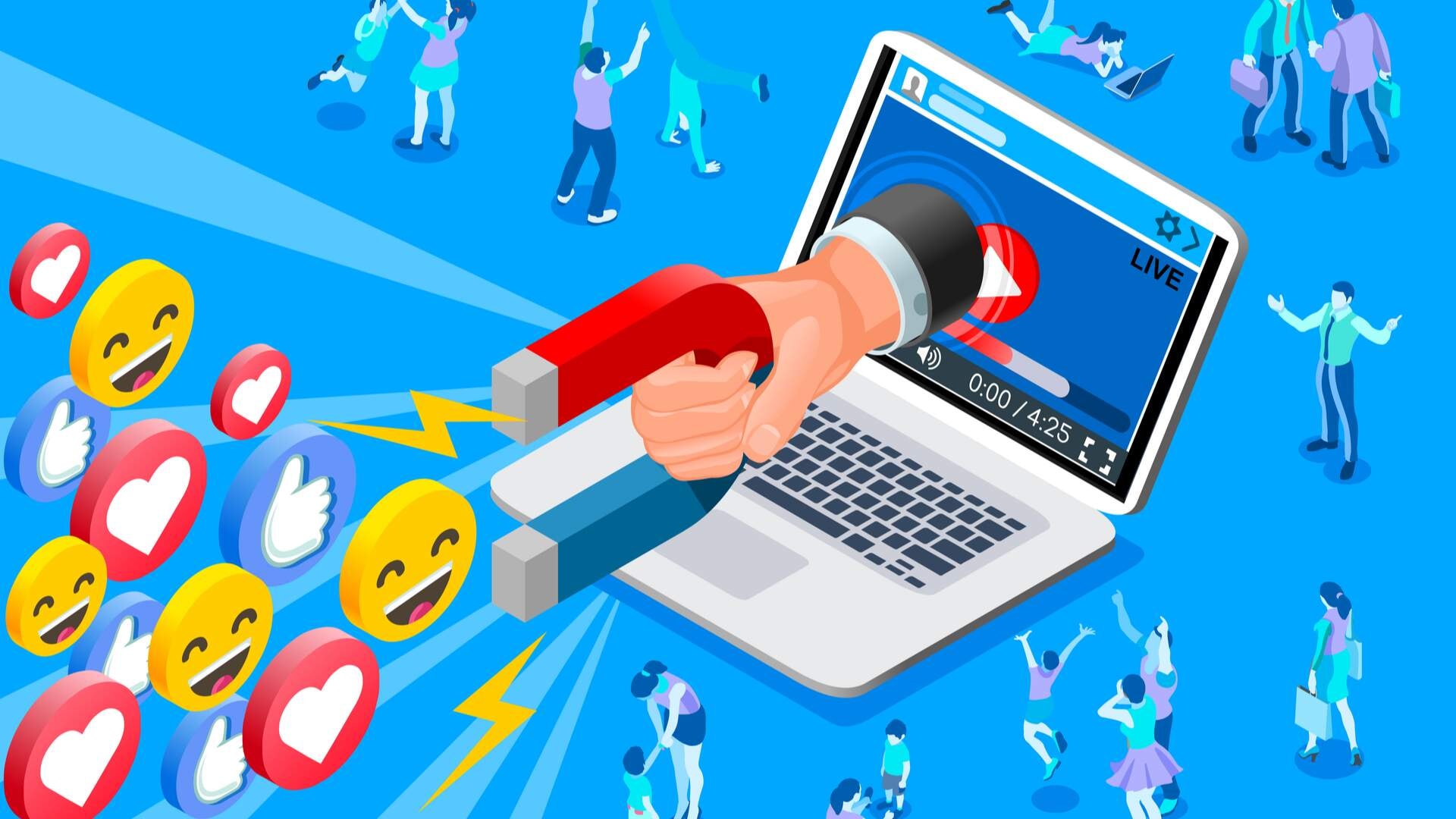
A social media marketing campaign helps reach audiences on different channels like Instagram, Facebook, or LinkedIn.
- Drives brand awareness and engagement.
- Easy to share multiple assets like images, videos, or polls.
- Fits many marketing activities like contests, live events, or Q&As.
6. Influencer Marketing Campaign

These campaigns use influencers to promote a brand to their followers. It's a powerful way to generate leads through trusted voices.
- Ideal for visual identity and raising awareness.
- Useful for niche products or services.
- Helps gather information from audience reactions.
7. Content Marketing Campaign
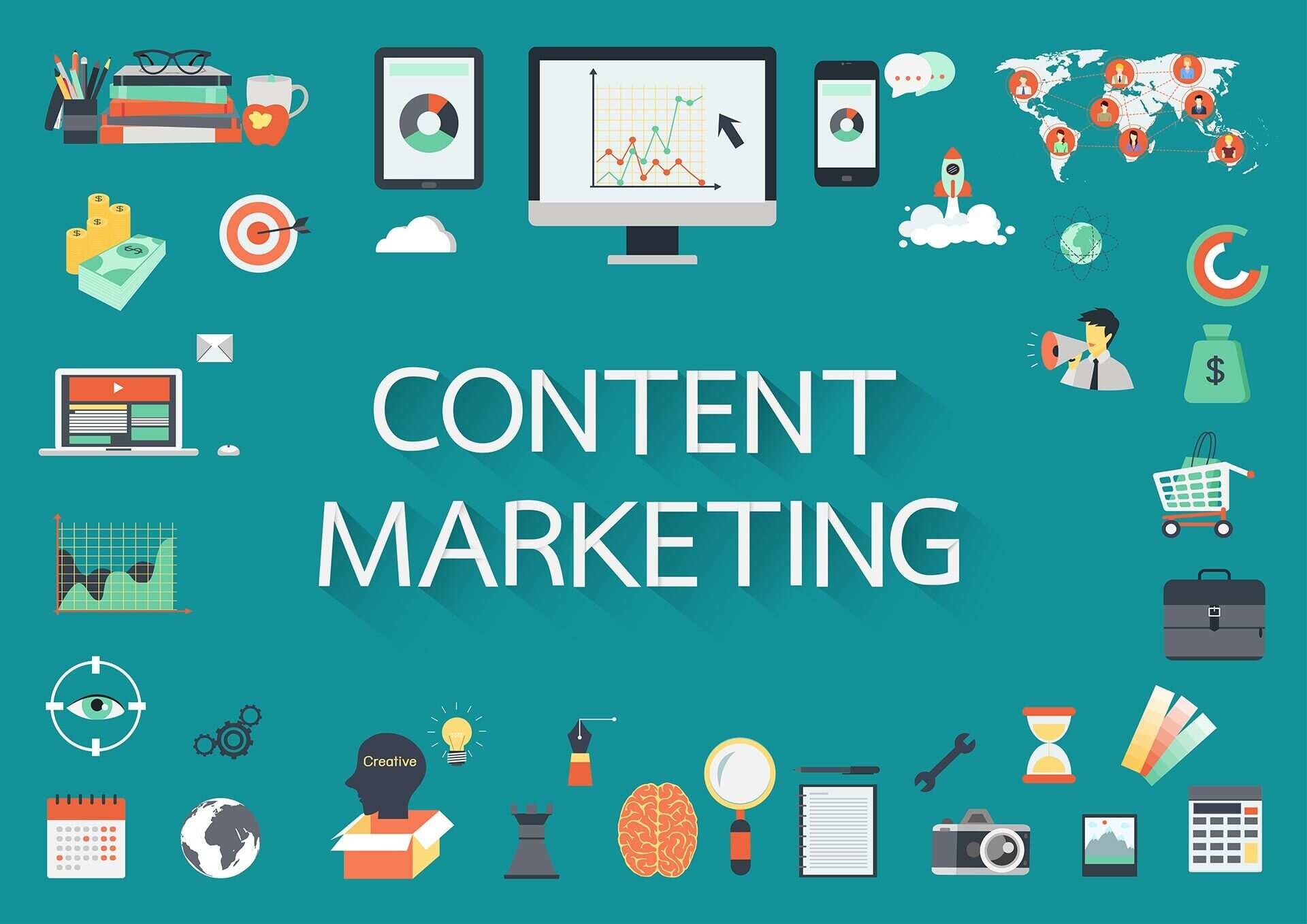
A content marketing campaign educates and informs potential customers through blogs, videos, or guides.
- Focuses on providing relevant information.
- Builds trust and solves pain points.
- Can guide people down the sales funnel.
8. Lead Generation Campaign
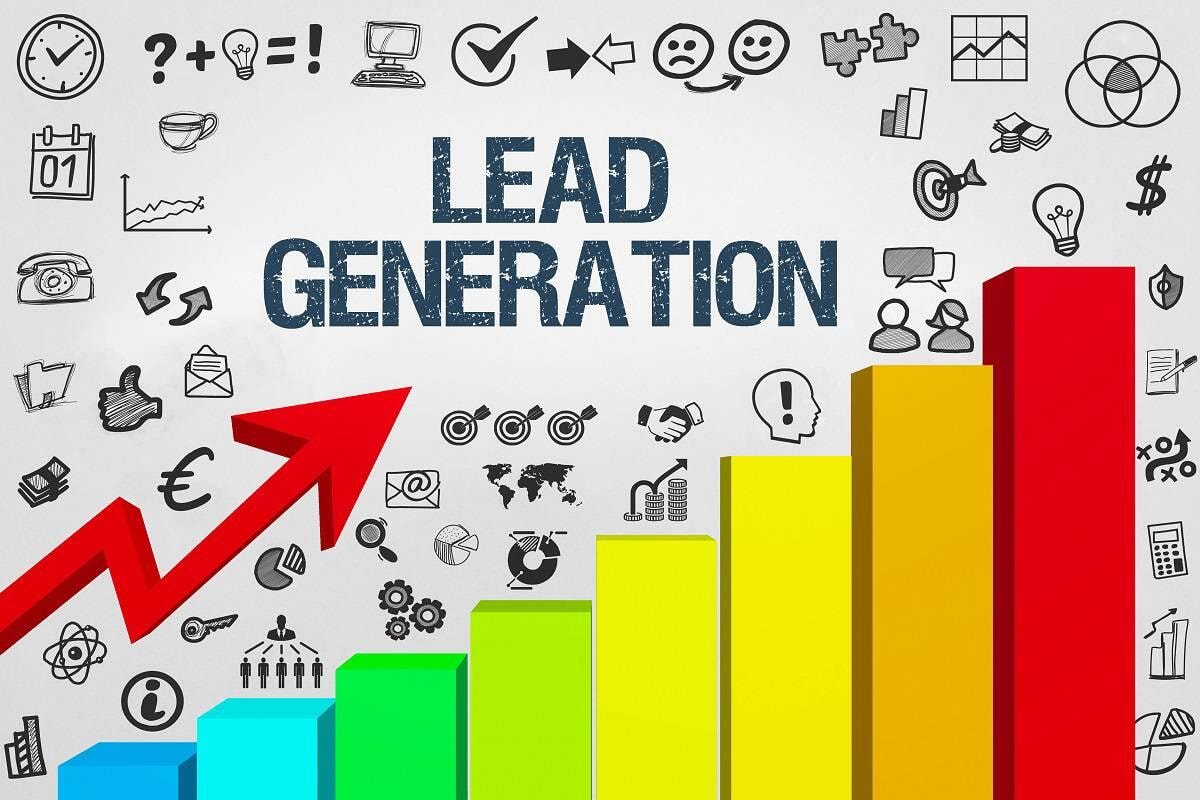
This type of campaign is designed to generate leads by offering something of value in return for contact details.
- Includes landing pages, forms, and clear value proposition.
- Targets potential customers looking for solutions.
- Often tied to a specific campaign goal like demo sign-ups.
9. Customer Retention Campaign
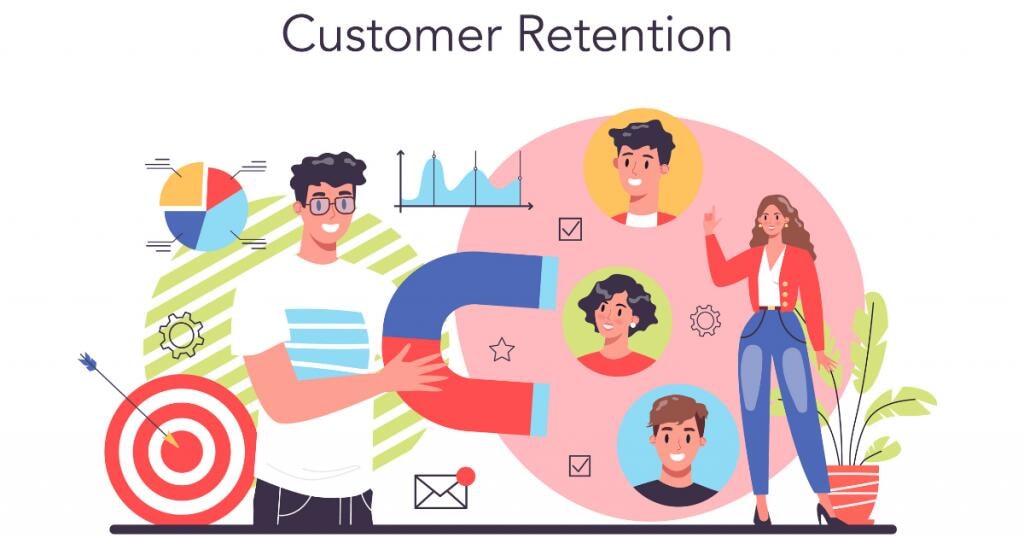
These campaigns focus on keeping current customers engaged and loyal to your brand.
- Includes loyalty programs, thank-you emails, or direct mail.
- Useful for existing clients to boost repeat purchases.
- Helps lower marketing budgets by reducing churn.
10. Referral or Loyalty Campaign
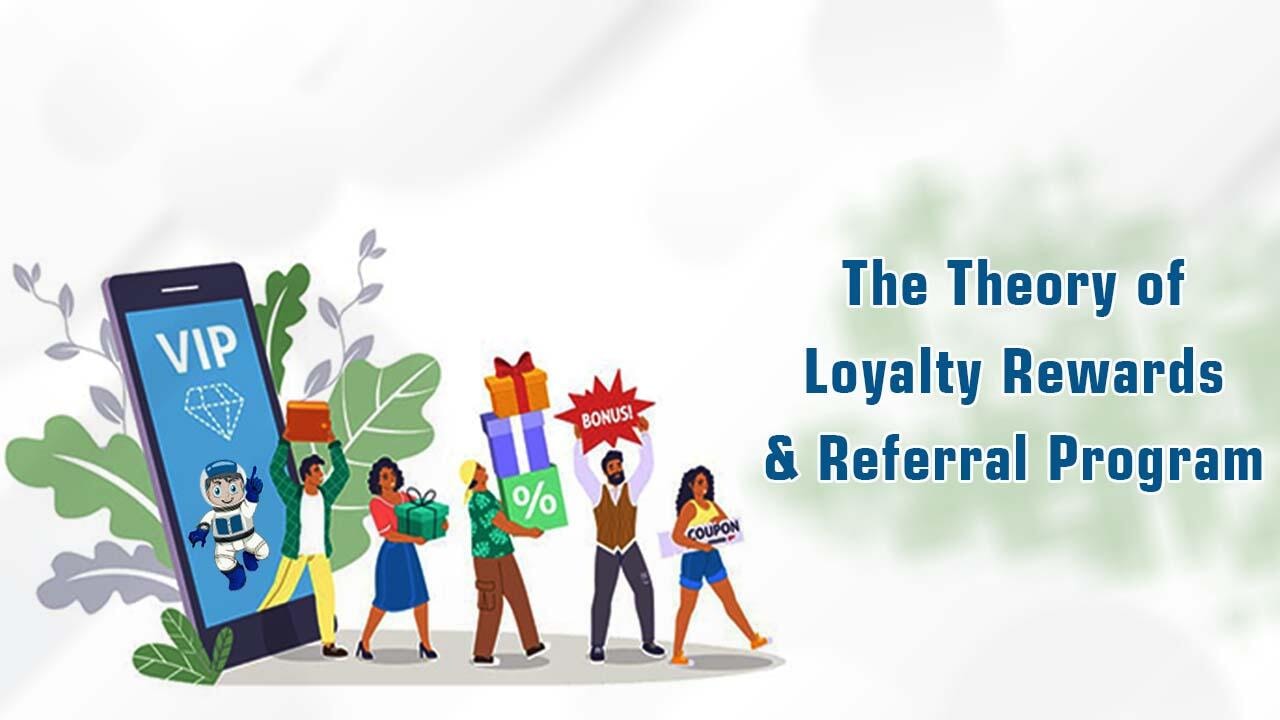
These campaigns reward customers who bring in new business or stay loyal over time.
- Encourages current customers to share with others.
- Uses campaign goals like points, gifts, or discounts.
- Supports both brand awareness and online sales.
Each campaign type works best when aligned with your marketing channel and campaign purpose. Choosing the right type ensures your campaign content, campaign goals, and overall marketing activities drive a successful campaign.
8 Steps to Define and Segment Your Target Audience for a Successful Marketing Campaign

Understanding your target audience is one of the most important parts of any marketing strategy. Without knowing who you're speaking to, even the most creative advertising campaigns can miss the mark.
1. Research Industry Trends and Customer Behavior
Start with learning how your industry is changing and what your potential customers are doing.
- Check online trends, search patterns, and buying habits
- Look at what competitors are doing in their marketing campaign components
- Gather basic data before launching your first marketing campaign
2. Identify Gaps in the Market Your Brand Can Fill
See what your audience is missing that you can offer. It could be a product or service that solves a new problem.
- Study your competitor's reviews for common complaints
- Ask yourself: what pain points are not being addressed?
- A good marketing strategy often starts by finding these gaps
3. Use Website and Social Media Analytics for Insights
Look into what your audience does on your site and social channels. This gives real behavior, not guesses.
- Use tools like Google Analytics or Meta Insights
- Learn which pages, posts, or ads get the most clicks
- These insights support future advertising campaigns
4. Conduct Surveys or Interviews to Understand Preferences
Sometimes, the best way to understand your audience is to ask them directly.
- Send short surveys via email or social media
- Host casual interviews or polls
- You’ll gather information straight from the source
5. Group Audiences by Value, Intent, or Buying Stage
Not all buyers are the same. Group them based on how ready they are to buy or how much they spend.
- Create audience types like: new leads, warm leads, or loyal buyers
- This makes your messaging more relevant
- Helps streamline your marketing campaign components
6. Label Each Segment with Clear, Actionable Tags
Give each group a name that describes their behavior.
- Example: "Budget Buyers," "Tech-Savvy Users," or "First-Time Visitors"
- These tags help your marketing teams and tools stay organized
7. Avoid Broad Categories — Be Specific
"Everyone" is not your target. Be clear and narrow with each segment.
- Focus on specifics like age, habits, interests, or problems
- Specific segments improve how your advertising campaigns perform
8. Build Micro-Segments for Personalization at Scale
Break large segments into smaller ones for even better personalization.
- Micro-targeting helps you send the right message at the right time
- It's key in content marketing and email marketing campaign planning
- This step gives a big boost to any future campaigns
Each of these steps strengthens your marketing strategy and increases the chance of a successful campaign. When done right, your message connects better and your product or service reaches the right people at the right moment.
Why You Must Analyze Past Campaigns to Build Successful Marketing Campaigns
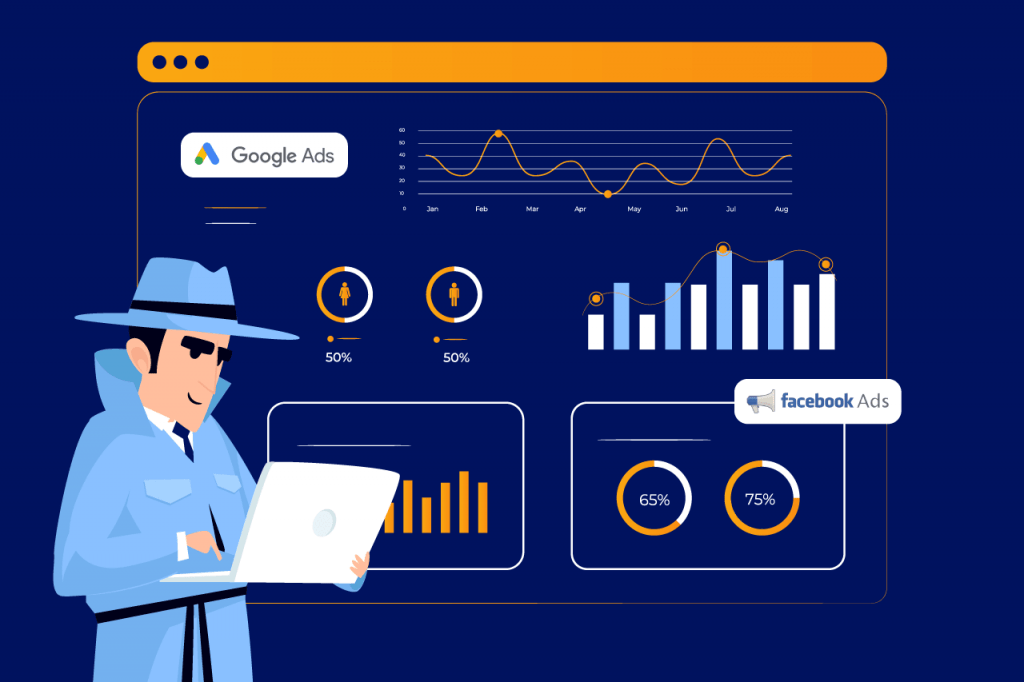
Looking at past marketing campaigns helps you understand what worked and what failed. This way, you don’t repeat mistakes and can improve your next campaign from the start.
- You get to know which marketing channels gave the best results.
- It shows you how your target audience responded to different messages or offers.
Analyzing older advertising campaigns also shows if your campaign goals were clear and met. You can compare the plan vs. the actual results.
- Check if the campaign budget was used well or wasted on low-performing content.
- See which product or service got the most attention or sales.
These insights help you plan better marketing activities in future. It saves time and money by helping you focus on what brings results.
- Use tools like Google Analytics to track what content brought in leads.
- Try to understand your customer’s journey in each campaign.
By doing this, you build a smarter marketing strategy — one based on real data, not guesswork. That’s how successful marketing campaigns grow over time.
10 Steps to Build and Launch a Marketing Campaign
Building a marketing campaign from scratch needs a step-by-step plan. These 10 steps will help you go from idea to launch without missing anything important.
1. Define the Campaign Objective
Before anything else, know what your campaign is trying to achieve.
- It could be to raise awareness, generate leads, or increase sales.
- A clear goal helps guide the rest of your campaign decisions.
Having one strong objective makes your campaign focused and easy to measure.
2. Set a Realistic Budget
Your marketing budget affects what you can do and how wide you can go.
- Plan how much to spend on ads, content, design, and tools.
- Leave room for unexpected costs during the campaign.
A realistic budget helps you avoid overspending and keeps your efforts in check.
3. Choose the Right Marketing Channels
Pick the marketing channel where your audience is most active.
- Options include social media, email, direct mail, or paid ads.
- Don’t try to be everywhere — choose channels that match your product or service.
Use a mix of traditional marketing and digital platforms if needed.
4. Identify and Understand Your Target Audience
Knowing your audience is key for a successful campaign.
- Study their pain points, needs, and interests.
- Use data from your first marketing campaign or past advertising campaigns.
This helps you speak their language and grab their attention.
5. Craft a Strong, Clear Campaign Message
Your campaign message should be simple and direct.
- Highlight your value proposition and what makes you different.
- Keep the tone and brand voice consistent across all campaign content.
Clear messaging improves your chances of connecting with potential customers.
6. Design Creative Assets and Content
Now create the visuals and text your campaign will use.
- Include banners, videos, emails, or print advertising.
- Make sure the creative work supports your campaign goals.
Your design should reflect your visual identity and appeal to your audience's attention.
7. Create a Campaign Timeline and Workflow
Plan when and how each task will happen.
- Set dates for content creation, approvals, and launch.
- Assign tasks to different people or teams.
A clear timeline helps your marketing activities stay on track.
8. Set Up Tracking and Measurement Tools
You need to track progress to know if your campaign is working.
- Use tools like Google Analytics, Meta Ads, or email tracking.
- Define key performance indicators (KPIs) to measure success.
Tracking lets you adjust in real-time for better results.
9. Pre-Test the Campaign Elements
Test parts of your campaign before launching fully.
- Try A/B testing on emails or ads.
- Gather information from a small audience group first.
This helps fix problems and increase the chances of a successful campaign.
10. Launch the Campaign and Monitor Early Response
Finally, launch your campaign with all pieces in place.
- Watch early campaign results to catch any issues.
- Be ready to make changes if needed.
A strong post-launch response improves overall campaign performance and ROI.
Tools to Monitor the Success of a Marketing Campaign
Tracking your campaign helps you know what’s working and what needs fixing. These tools give clear data and insights to improve future campaigns and reach your marketing goals faster.
1. Google Analytics
Google Analytics shows you how people find and use your website.
- Track traffic sources like social, search, or direct
- Understand what content performs best
- Measure campaign goals like form fills or purchases
2. Meta Ads Manager (Facebook & Instagram)
Meta’s Ads Manager helps track your paid social ads.
- See ad reach, clicks, and engagement
- Monitor conversion events from campaigns
- Test different creatives with A/B testing
3. Google Ads Dashboard
Google Ads Dashboard tracks performance of paid search and display ads.
- View clicks, cost per click, and impressions
- See which keywords and ads are most effective
- Adjust campaign budget based on real-time data
4. HubSpot Marketing Hub
HubSpot helps manage marketing campaigns across email, web, and more.
- Analyze email open rates and engagement
- Create reports for campaign success and ROI
- Connect marketing activities across your funnel
5. Mailchimp Analytics (for Email Campaigns)
Mailchimp offers email campaign insights.
- Track opens, clicks, and unsubscribes
- Segment users for better email targeting
- Improve email marketing campaign performance
6. Hootsuite or Sprout Social (for Social Media Tracking)
These tools help monitor and manage social media marketing campaigns.
- Measure engagement across different platforms
- Track mentions, tags, and brand awareness
- Plan and schedule posts across multiple channels
7. SEMrush or Ahrefs (for SEO and Content Campaigns)
Both tools help monitor SEO and content marketing efforts.
- Track keyword rankings and backlinks
- Monitor traffic from content marketing strategies
- Find SEO gaps and content opportunities
8. Hotjar or Crazy Egg (for User Behavior Insights)
These tools show how users interact with your website.
- Heatmaps reveal what users click and scroll
- Record sessions to identify user struggles
- Improve landing pages and campaign content
9. Salesforce Marketing Cloud
Salesforce helps track large-scale campaigns across channels.
- Centralizes campaign goals and customer data
- Tracks engagement, lead scoring, and conversions
- Ideal for teams managing multiple assets
10. Tableau or Google Data Studio (for Custom Reporting Dashboards)
These tools help visualize data from multiple sources.
- Build clear dashboards for campaign performance
- Track progress across campaigns in real-time
- Share reports with teams and stakeholders easily
Conclusion
Now that you’ve read this far, you clearly care about what actually works — and more importantly, why it works. That curiosity is your best tool as you build campaigns that don’t just look good on paper but actually deliver results.
Take this momentum and turn it into action. Whether it’s sketching your next idea, refining your message, or testing something bold — just start. The best campaigns aren’t born perfect. They’re built, step by step, by people willing to try, tweak, and try again.
So here’s your moment: don’t overthink it. Just begin.

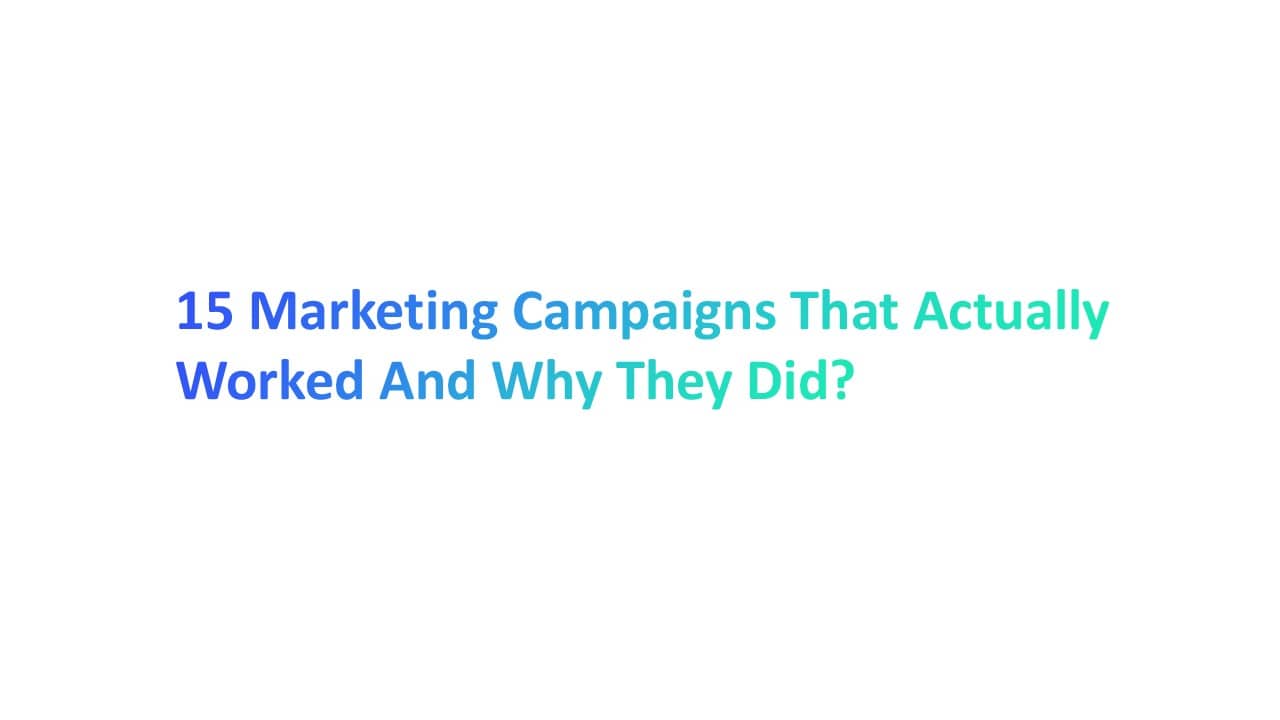



.jpg)

.jpg)
